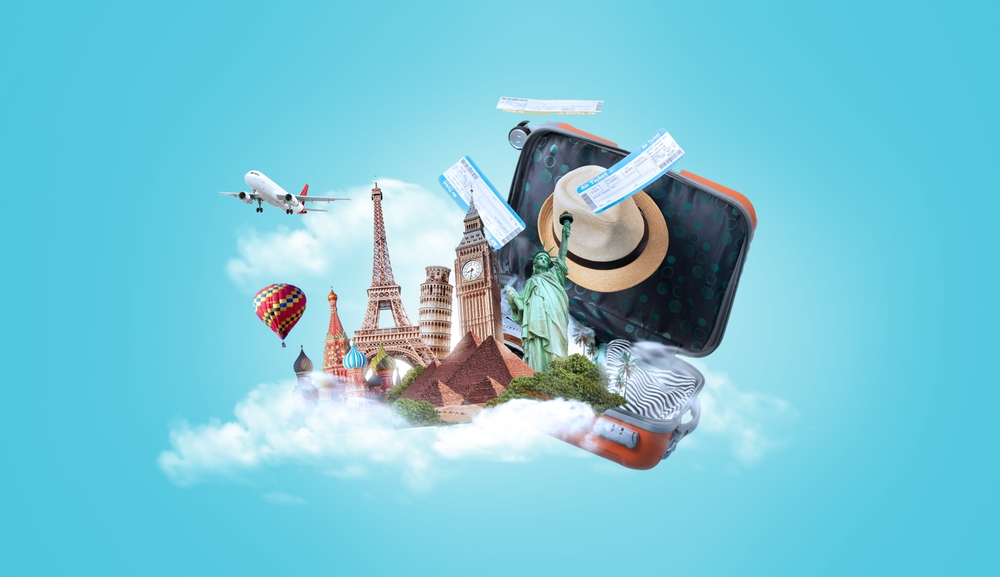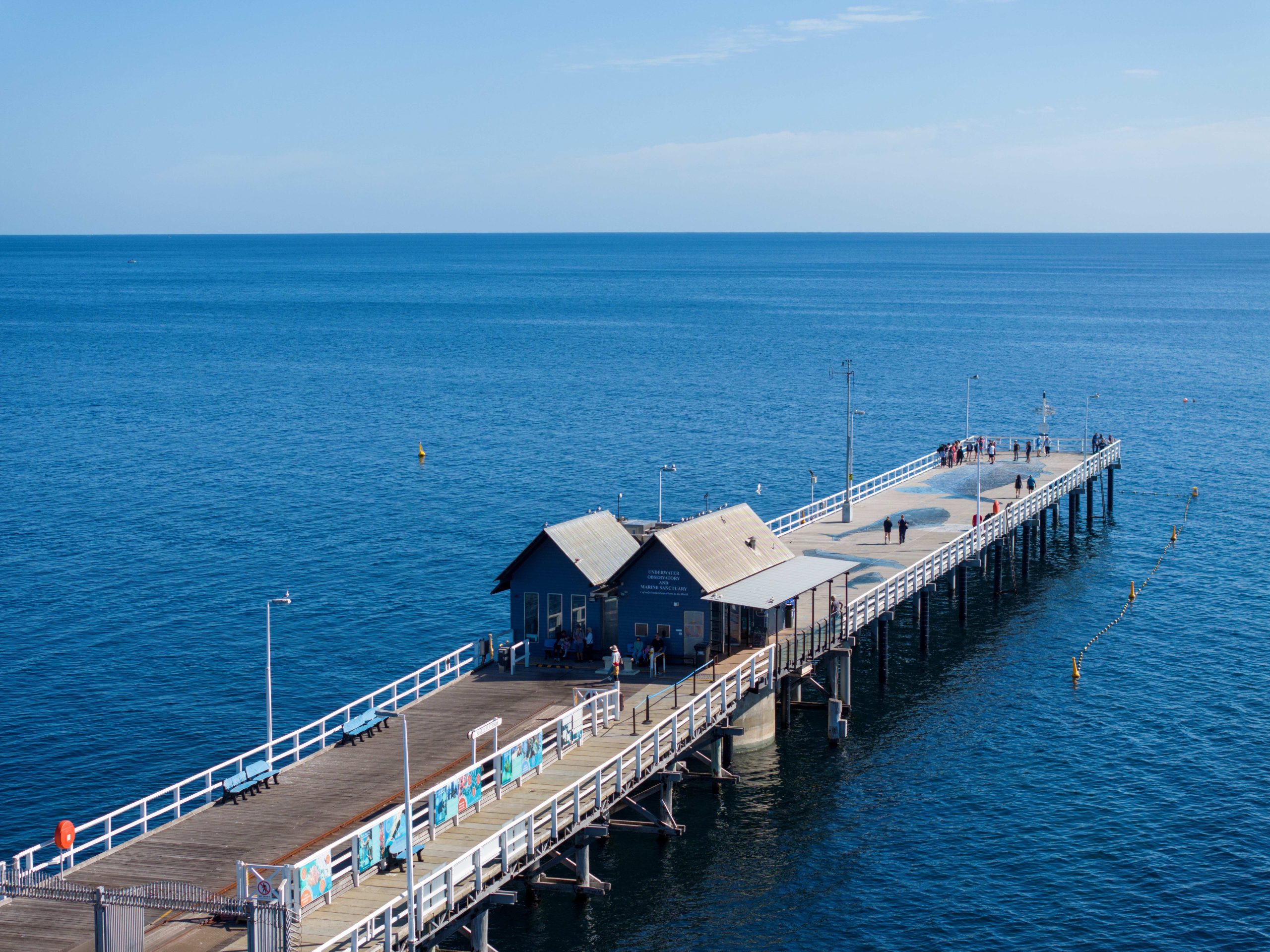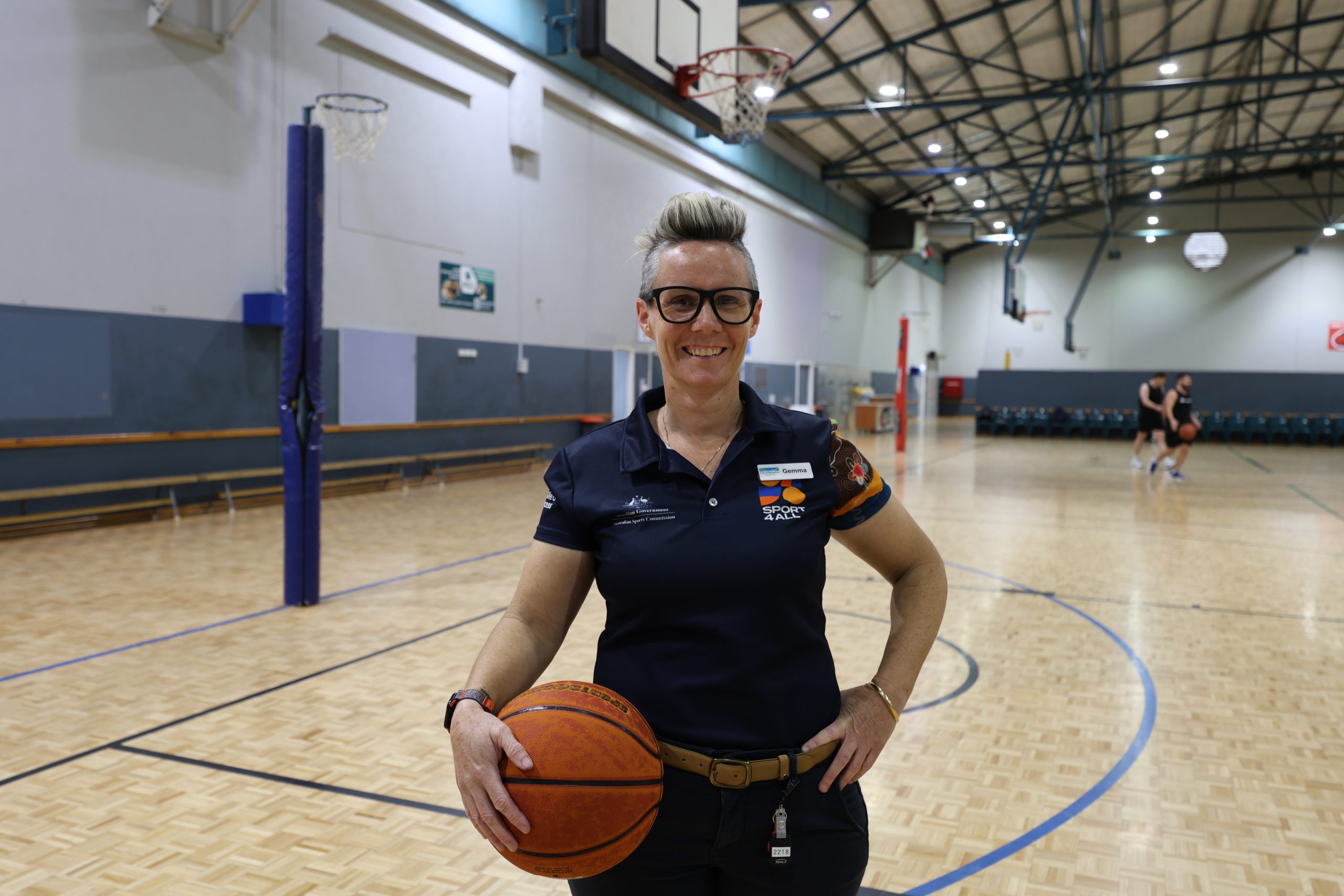Will social media soon become the only advertising platform for tourism?
Brought to you by Travel Dudes.
Whether you like to go on an annual trip with the family or are looking for a more extended stint away from home to travel the world and see what it offers, there’s no shortage of media available online to provide us with travel suggestions and tips.
Before the internet, booking a trip abroad followed a much different framework. Often, you’d have to go to a travel agent and book accommodation, flights, and packages with them directly, and they would act as the person in the middle facilitating your trip.
Advertising looked very different, too, with travel companies opting for big-money spots on TV and in print newspapers to appeal directly to customers; fast-forward to 2024, and these advertising routes are quickly on their way to becoming obsolete.
A changing dynamic
Not only has the dynamic shifted significantly toward a DIY method of booking holidays, but it’s also shifted the focus on different things for travel companies. In the 20th century, travel agencies held all the chips, proverbially speaking. If you wanted to book a holiday, you had to speak to a travel agent who would arrange everything from the individual tours, flights, and hotels. They were your point of contact if it went wrong.
Nowadays, tourists can find specific interests and cut out the person in the middle. While social media is awash with tourism, it has made it cheaper and more accessible.
Those looking to travel to Australia can look up a vast range of activities and locations online, and given that it’s one of the biggest producers of wine in the world, its vineyards are a significant source of tourism.
It doesn’t matter whether you’re looking for wine for dudes or a more extended stay that involves exploring the vineyard, how the wine is produced, and how it generates billions of dollars per year for the Australian wine industry. You can book these tours and explore the locations online, picking out the ones you like the look of, and seeing what social media can offer regarding travel advice, clips, and dos and don’ts.
The rise of social media
Unlike in other industries, where the rise of social media enacted immediate change, travel companies were able to leverage the power of the internet to appeal directly to customers, whether via e-mail mailing lists, social media pages like MySpace, or later, using Instagram and YouTube to reach a core target market.
The traditional industry has had great success, but over the last half a decade, the rise of social media and digital marketing has meant that Instagram shorts and TikToks have become one of the quickest ways for tourism companies to appeal to their target market.
Hotels, apartments, hostels, and other forms of accomodation soon started to use the internet and social media to appeal directly to their audience. Accommodation providers no longer had to deal with travel agents and pay fees to access their market. They could bypass this and employ SEO and digital marketing strategists who could ensure their brand would rank high on search engines. That’s why Airbnb has become a multi-billion dollar company in just over a decade.
Algorithm wars
It’s no secret that the battle for consumer attention is becoming increasingly scarce online. Several factors are driving this:
While Netfllx’s voyage into an advertising model has proven to pay dividends thus far, it has also meant that bigger companies can afford the advertising space and recreate the traditional TV model for a modern-day streaming audience.
Even when you combine all these factors, travel companies value viral TikToks and Instagram shorts over any other form of advertising. Not only have algorithms become the key driving force behind what content goes viral and what gets buried in the mountain of online content, but the design of these sites means that adverts or clips must immediately grab the target customer.
It’s not a 30-second radio advert or a 45-second TV clip, like how adverts operated in the 80s and 90s. If a hotel or travel company is unable to grab the attention within the first three or four seconds, the whole design of TikTok and YouTube or Instagram shorts means that people will scroll up again, which has meant that social media is a perfect tool to capture and convert the audience into customers quickly.
Conclusion
One thing stopping social media from becoming the only platform for tourism advertising is that there’s still a significant target market for tourism aimed at those over 60. That’s not to say that those people over 60 don’t know how to use their smartphones to book hotels and tours, but they’re more likely to follow conventional routes, which is why companies like Flight Centre are still a big draw in Australia and New Zealand.
Perhaps in 30 years, when the tourist demographic has shifted so significantly that the entirety of the market is digitally literate, we might see social media become the dominant force in tourist advertising. For now, it’s still a multi-pronged approach that covers legacy media and newer forms online.



















